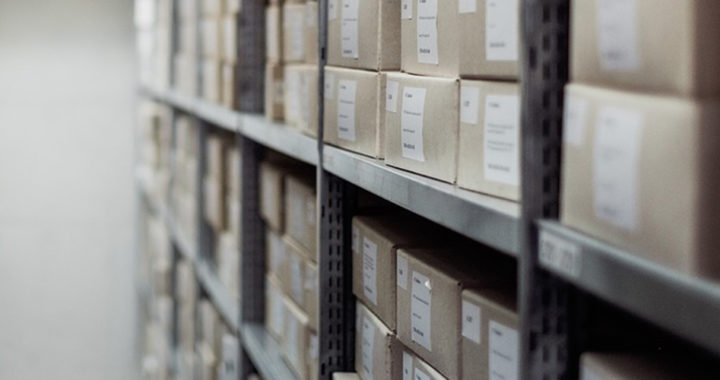By its general definition, order fulfillment is the entire process of delivering a product from the point of production to the point of consumption. It is also important to note that the term applies to specific processes or functions in distribution and logistics management. Nonetheless, understanding the elements of the order fulfillment process is essential in developing marketing and sales strategies, as well as supply chain and logistics strategies.
The Three Major Processes in Order Fulfillment
The entire process in order fulfillment can be broken down into three major phases. Take note of the following:
Phase 1. Order Processing: The process begins when a customer places an order, and the responsible party received the order placement. Order processing includes more specific complementary processes, such as quality inspection and packaging, needed to send out the ordered product and deliver it to the customers.
Phase 2. Delivering and Receiving: Processed orders would be sent out for delivery to addresses indicated by the customers. Upon receiving their orders and completing the necessary payments, each individual order request is marked as complete. Most modern fulfillment centers use real-time tracking reports.
Phase 3. Return Processing: There are times when customers need to return the delivered products due to defects or other fulfillment issues. In these instances, the entire process starts all over again. Note that return management is a key function of reverse logistics.
Specific Elements of Order Fulfillment Process
In breaking down further the entire process, take note of the following specific elements of or activities within order fulfillment process:
• Order Processing: Administering of placed or booked orders by customers, acknowledgment or confirmation of order placement, preparation and dissemination of invoice or bill of service, and preparation for product processing.
• Product Processing: Preparation of goods for storage into the warehouse and eventual movement either to end-use consumption via outbound logistics or back to the point of origin via inbound or reverse logistics.
• Freight Consolidation: Bundling and shipping of small shipments that require forwarding to the same location or within a similar geographical scope to minimize shipment cost and maximize resources.
• Delivery: Centers on the physical movement of the goods or items in consideration of suitable transport routes, modes of transportation, and delivery methods from the warehouse or fulfillment center to the consumers or other possible third-party intermediaries.
• Tracking and Reporting: Generation of real-time reports accessible via suitable mediums for tracking or monitoring of order, especially of order placement status, location of order in transit, and delivery time expectation.
• Order Settlement: Enforcement of the prepared and presented of invoice or bill, management of payment transaction in consideration of order processing, as well as the facilitation of payments via selected payment facilities
• Return Management: Supervision of goods returned by customers and administration of necessary requirements to include return eligibility, as well as provision for replacements, guarantees, and relevant after-sales services.
Additional Activities in Product Processing
Product processing transpires after order processing. Generally, it involves packing and crating. However, there are also specific processes or activities needed to accomplish to ensure proper product handling for storage and eventual delivery. Below are these processes or activities:
• Labeling: For warehouse storage systems, product identification, unit measurement, handling specifications and storage instructions, and shipping details.
• Bar Coding: Specific labeling for use in warehouse storage systems, especially for data management for inventory tracking and identification.
• Packaging: Provides protection and identification for a particular good as it is being handled in the warehouse, stored, or when it is being shipped.
• Quality Inspection: Ensures the goods or items are in good condition and proper packaging before they are being stored in the warehouse or moved out of the facility.
• Physical Storage: Involves the proper storage of the goods in consideration of appropriate labeling and packaging, as well as storage requirements.
• Inventory Tracking: Monitors where the goods are stored in the warehouse, their categories or classifications, and how much goods are available for reporting.
• Inventory Analysis: Examination of inventory to determine the optimum amount to keep on hand and provide the client with suitable reporting.





